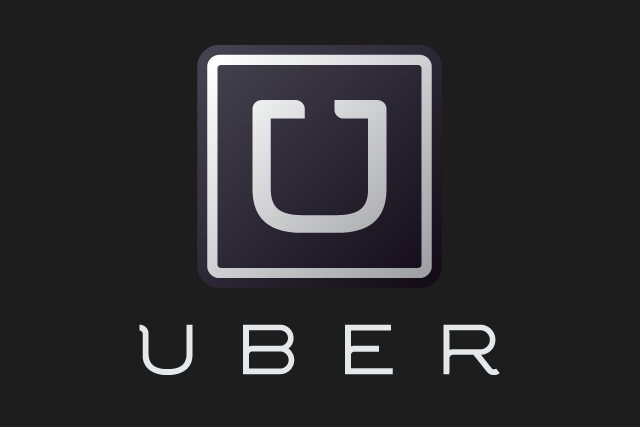One of the so-called aims of demonetisation is to reduce the total amount of cash in the financial system. As of now, the financial system continues to have a lesser amount of cash than it had before demonetisation.
Take a look at Figure 1. It plots the currency with public between September 2016 and middle of February 2017. Currency with public forms a major part of the currency in circulation. The remaining being cash with banks. Before demonetisation, the cash with banks used to be around 4 per cent of the currency in circulation.
Figure 1
Figure 1 clearly tells us that the currency with public has been going up post December 2016. Nevertheless, it is still some way away from the pre-demonetisation level. Whether that level is achieved remains to be seen. It depends on whether the government decides to replace the entire currency withdrawn through demonetisation or not.
Now take a look at Figure 2. This basically plots the rate of weekly increase in currency in circulation. I have taken currency in circulation and not currency with public because there are more data points that are available. The currency in circulation is declared by the Reserve Bank of India(RBI) every week, whereas the currency with public is declared once in two weeks. Also, I look at this data from January 13, 2017, onwards. This is because December 30, 2016, was the last date to submit the demonetised notes to banks.
Figure 2
The rate of weekly increase in currency in circulation has had a downward trend since January. Nevertheless, we will probably need a month’s data more to say something with certainty. If the downward trend continues then the conclusion that can be drawn is that the government does not want to replace the entire currency that was demonetised. What will be the impact of that remains to be seen.
Let’s look at some more data. Figure 3 shows the number of ATM transactions using debit cards since November 2015.
Figure 3
As far as ATM transactions using debit cards go, they have bounced back post demonetisation. In fact, the total number of transactions in January 2017 was more than that in January 2016. Having said that the total number of transactions in January 2017 was still lower than the pre-demonetisation level. If we ignore the jump in total number of transactions in October 2016 due to the festival season, the difference between the total number of transactions in January 2017 wasn’t much in comparison to September 2016.
Having said that, we also need to look at the total value of ATM transactions using debit cards, which we do in Figure 4.
Figure 4
Figure 4 tells us that ATM withdrawals in rupee terms month on month tend to be very stable. There is some jump in October 2016, perhaps due to the festival season. After that ATM withdrawals in rupee terms crashed between November and December 2016, in the aftermath of demonetisation.
ATM withdrawals in rupee terms went up by around 79 per cent between December 2016 and January 2017. If ever there was a data point that showed that Indians preferred cash to carry out economic transcations, this is it.
Having said that, the total ATM withdrawals in rupee terms still remain below the level they were before demonetisation. This, despite the fact that the total number of ATM transactions using debit cards are more or less at the same level as they were before demonetisation (as we can see from Figure 3, ignoring the October 2016 data, which I think is a blip due to the festival season).
One explanation for this lies in the fact that the currency in circulation in January was still a long way off from the total currency in circulation before demonetisation. Hence, there was only so much currency going around which the public could withdraw. So, while the government might say that there was never a currency shortage in the aftermath of demonetisation, that is clearly not the case. Over and above this, there were withdrawal limits.
The data from the coming months will tell us if Indians continue to use cash or move towards digital transactions, as the government wants them to.
One data point that we can look at is the point of sale data using debit cards as well as credit cards. Point of sale is essentially any point where a consumer uses a credit card or a debit card to pay for goods or a service, with the card getting swiped in a point of sale machine.
Now let’s take a look at Figure 5.
Figure 5
Figure 5 clearly tells us that the usage of credit cards and debit cards spiked up in the aftermath of demonetisation. But the value of goods bought using credit and debit cards through the point of sale route, fell by 8.4 per cent between December 2016 and January 2017, as more currency became available in the market. If we look at just debit cards, the fall is around 16 per cent. Of course, we need more data to see if this trend has continued in February as well.
To conclude, while there is not enough data to say that Indians have totally gone back to cash, but the data that is available does suggest that they are moving towards it.
(The column was orignally published on Equitymaster on March 8, 2017).


